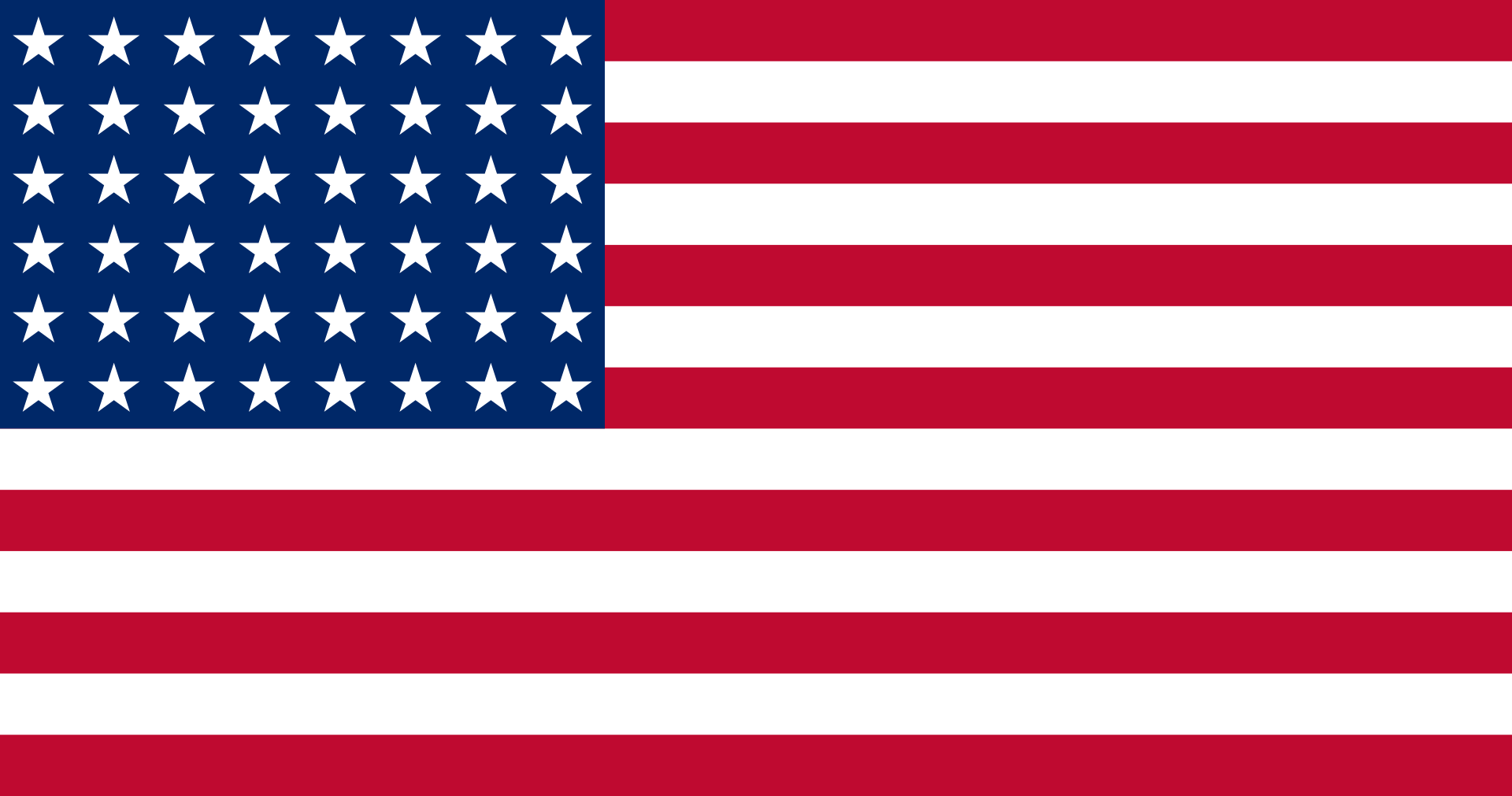1st Air Transport Squadron (Mobile)
Operator Identification
United States of America
TYPE: USAAF unit
IATA/ICAO CODES: Nil
HEADQUARTERS: Homestead AAF, FL (1944), RAF Kalaikunda, Bengal, India (1944-1945), Naha AB, Okinawa (1945-1946)
FORMER NAME: Nil
SUBSEQUENT NAME: 1st Air Transport Squadron (Medium) (reactivated in 1953)

Operator History
The 1st Air Transport Squadron (Mobile) (1 ATS(M)) was formed at Homestead AAF, FL on 13 March 1944. It trained there under the auspices of Air Transport Command Caribbean Wing, and quickly prepared for activation and deployment to the China-Burma-India theater of operations. Upon activation, it was deployed to Kalaikunda, Bengal, India in May 1944, while its air echelon began military airlift missions from Kharagpur, Bengal, India, only 10 km away. Using a complement of 20 Commandos, 1 ATS(M) was responsible for transporting men and material over the Himalayas to XX Bomber Command bases in China.
The personnel of 1 ATS(M) were hand-picked from the various Ferry Command Groups. All were well trained in their selected fields, both in schooling and actual experience. The activation of this squadron was under WD Letter, subject "Constitution and Activation of Certain Bomber Support Squadrons (Mobile)" file AG 3.22 (10-14 March 1943). Lt. Col. Samuel S. Nuckols, a very experienced person in this type operation, was selected to command this special group. He was a graduate of flying cadet-school in 1932. Later in civilian life he was Chief Pilot for the Western Division of American Airlines. As a reserve officer, he was recalled to active duty in the early days of the conflict. Before being selected to head the First Transport Squadron, he was chief of flight training of Air Transport Command's 3rd Operational Training Unit (3 OTU) located at Reno AAF, NV. This school, located in the higher elevations of the Rocky Mountains, familiarized and trained pilots for the type flying encountered in the China-Burma-India Theatre and more especially "Hump" flying. One of the qualifications of the first pilots and most of the co-pilots of 1 ATS(M) was to have successfully completed the course at this school.
The table of organization of the squadron was 400 men, inlcuding 82 officers. Of the latter, 67 were rated and 15 were administrative. The aircraft consisted of 20 Commandos, which had proved to be a very successful for this kind of work with Air Transport Command's India-China Wing. The men covered all fields of required specialist, including a flight surgeon, but excluding a chaplain. A chaplain was acquired on reaching the permanent station. The squadron was a self-sustained unit, whose mission was to go any place in the world and operate for 30 days without assistance. This required 30 days of supply of rations, water, medicine, a limited amount of aircraft parts, runway lights, a communications officer and equipment.
After the July 1945 deactivation of XX Bomber Command, when it was decided that the Superfortress operation from China was impractical, 1 ATS(M) moved to Okinawa. There is was successively operated under the US Army Strategic Air Force (Pacific Ocean Area), the 8th Air Force freshly redeployed from Europe, the Okinawa Air Depot, the Far East Air Service Command, and the IV Air Service Area Command.
The squadron converted to Consolidated C-87 Liberator Express late in 1944, but the Commandos kept on flying alongside until squadron deactivation in 1946.
Commando Operations
March 1944 to March 1946
Last edited: 25/10/2022

